FRANCO BELGE Belfort User manual
Other FRANCO BELGE Stove manuals

FRANCO BELGE
FRANCO BELGE SAVOY MK2 ELEGANCE 134 08 09 User manual

FRANCO BELGE
FRANCO BELGE The Belfort 54 05 06 User manual

FRANCO BELGE
FRANCO BELGE Belfort 134 04 11 User manual
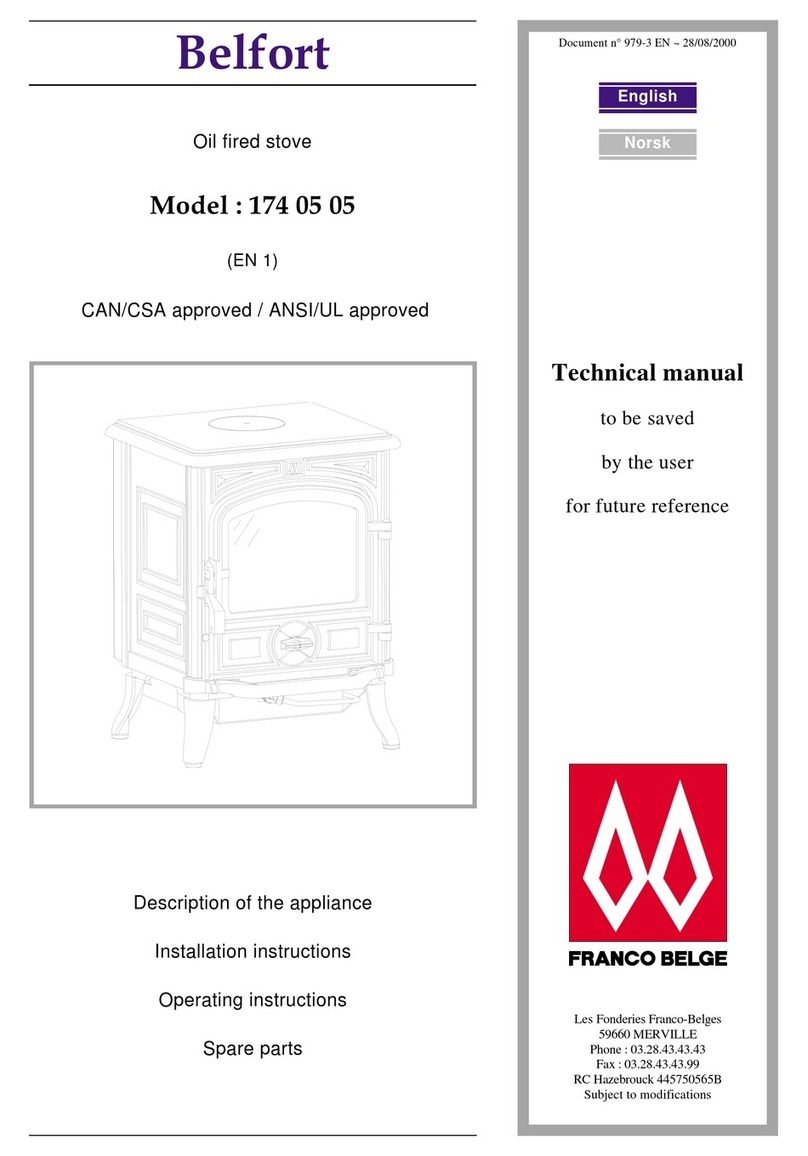
FRANCO BELGE
FRANCO BELGE 174 05 05 User manual

FRANCO BELGE
FRANCO BELGE Normandie 174 10 44 User manual

FRANCO BELGE
FRANCO BELGE HEKLA 634 07 46 User manual

FRANCO BELGE
FRANCO BELGE 174 06 02 User manual
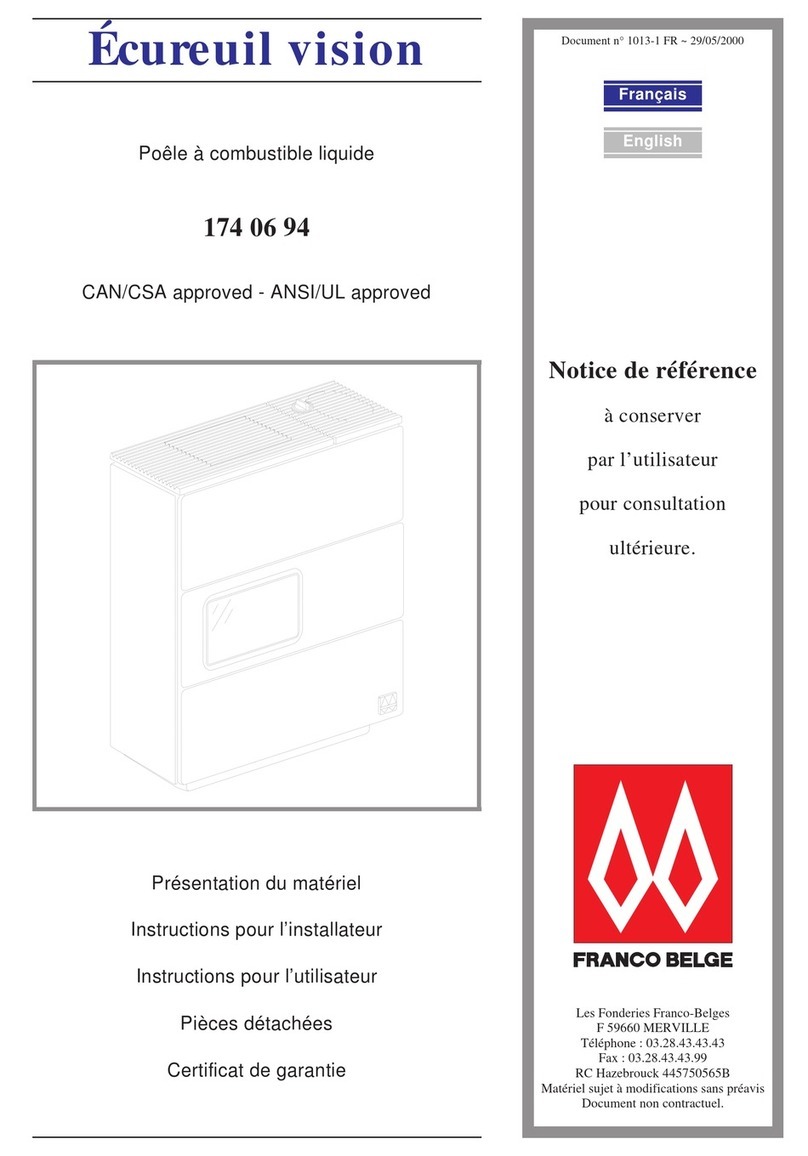
FRANCO BELGE
FRANCO BELGE 174 06 94 User manual
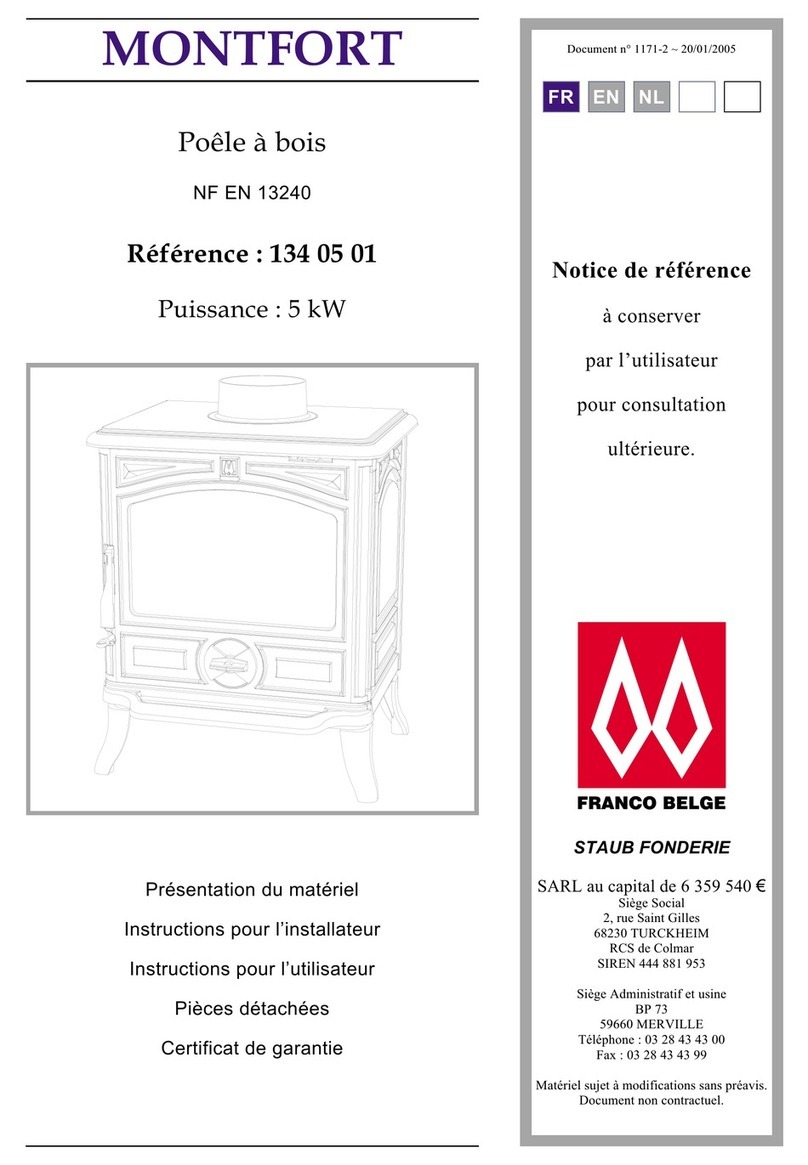
FRANCO BELGE
FRANCO BELGE MONTFORT 134 05 01 User manual

FRANCO BELGE
FRANCO BELGE 124.13.04 User manual
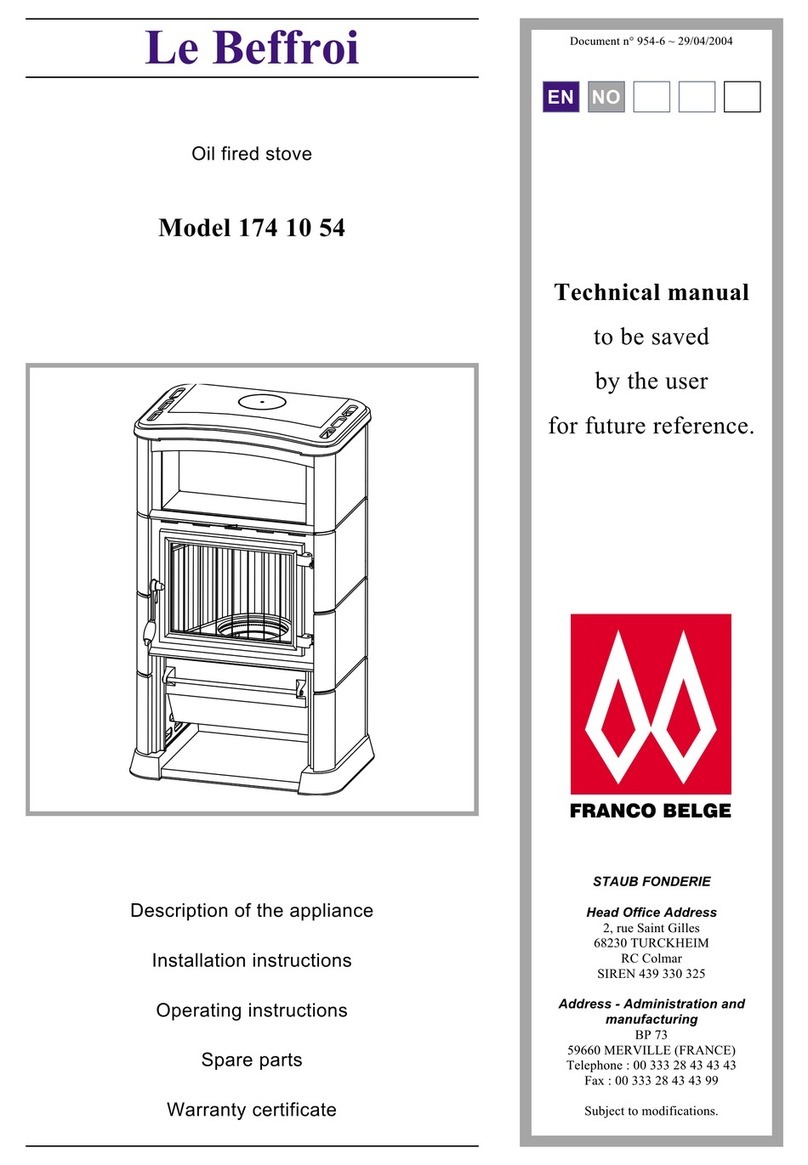
FRANCO BELGE
FRANCO BELGE 174 10 54 Le Beffroi User manual

FRANCO BELGE
FRANCO BELGE Montfort MK2 User manual
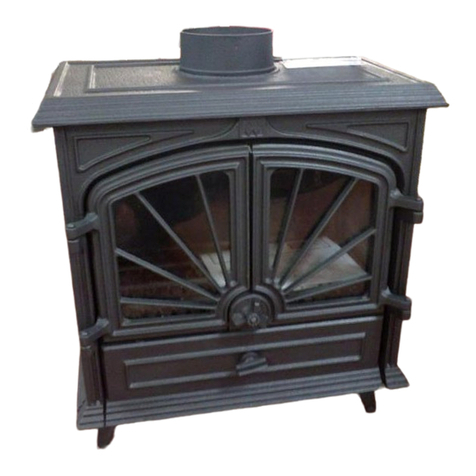
FRANCO BELGE
FRANCO BELGE Lorraine MF 121 13 01 User manual

FRANCO BELGE
FRANCO BELGE Gascon User manual

FRANCO BELGE
FRANCO BELGE Burgundy 174 10 25 User manual

FRANCO BELGE
FRANCO BELGE 154 03 05 Belfort Flueless GN User manual

FRANCO BELGE
FRANCO BELGE Belfort User manual

FRANCO BELGE
FRANCO BELGE Lorraine MF 124 13 01 User manual

FRANCO BELGE
FRANCO BELGE BELFORT GP 154 05 16 User manual

FRANCO BELGE
FRANCO BELGE Parisienne 124 03 01 User manual
Popular Stove manuals by other brands

Quadra-Fire
Quadra-Fire Discovery I Wood Appliance installation manual

Wildfire
Wildfire F-131 2 Series User instructions

Dansons Group
Dansons Group Pit Boss PB820FB1 manual

Sylvania
Sylvania SO111R-MBK instruction manual

Breckwell
Breckwell SP6000 Installation & operator's manual

Breckwell
Breckwell P24FSA owner's manual

Bartscher
Bartscher 1509851 instruction manual

Continental Fireplaces
Continental Fireplaces CDVS280-1NSB Installation and operation manual

Arada
Arada Cassette Stove installation guide

Astonica
Astonica 40100008 instruction manual

Cattara
Cattara FAMILY manual

Stanley
Stanley Argon F500 OVAL Installation and operating instructions

Nordpeis
Nordpeis Vega user manual

Exquisit
Exquisit EKC601-5 Instructions for use and installation

Stanley
Stanley Oisin Oil MK II Installation and operation instruction

HASE
HASE delhi operating instructions

Vermont Castings
Vermont Castings Intrepid 2 User instructions

Italiana Camini
Italiana Camini CLASSICA Installation, use and maintenance













